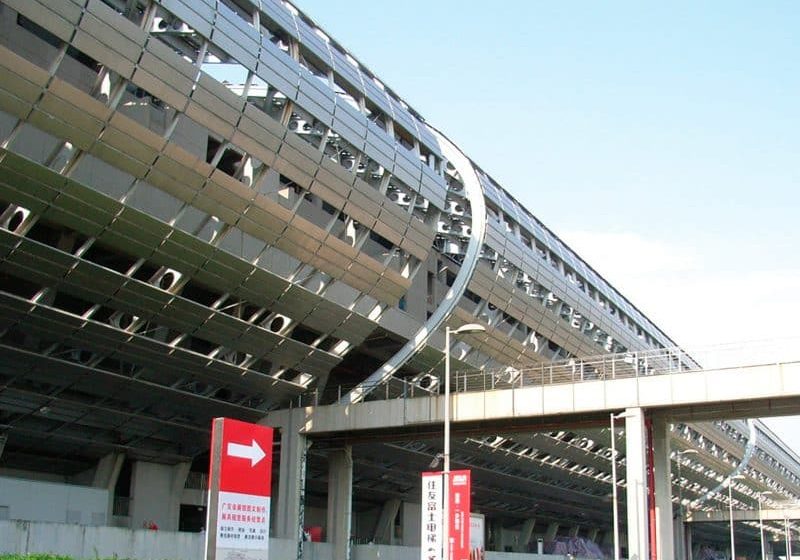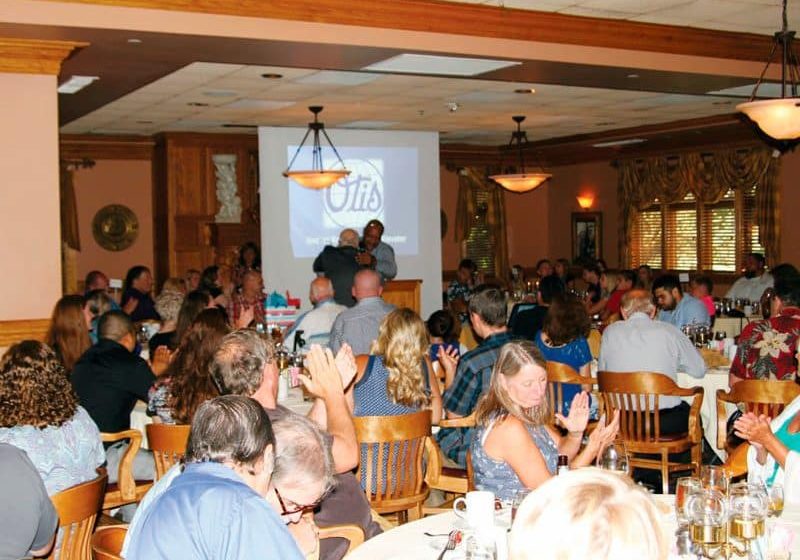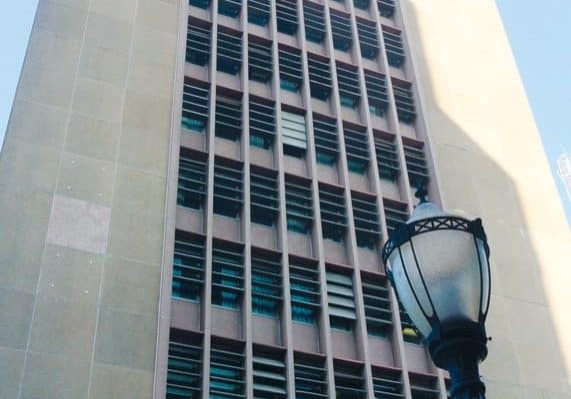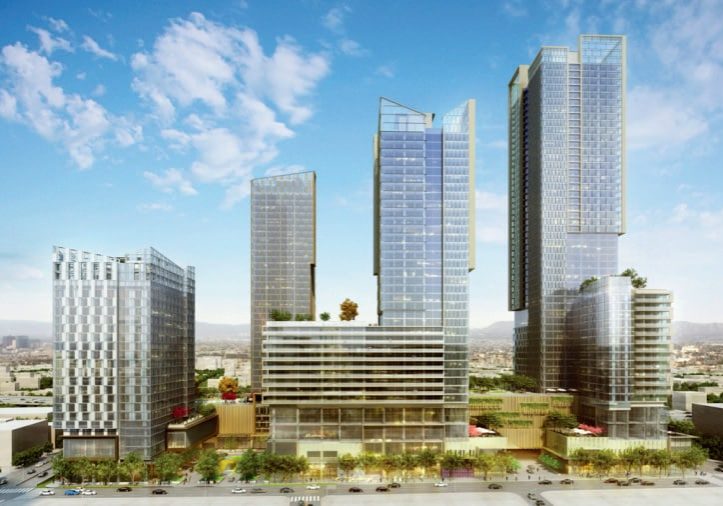As a business owner, you spend years building your business so it can flourish. You put a large amount of time, effort and money into this. As you make these sacrifices, which will hopefully lead to success, there are several steps you can take to protect your business. In today’s litigious society, a business owner must be proactive through risk reduction and accident prevention, adequate insurance coverage and proper incident/claim handling. Like a three-legged stool, these strategies taken together will provide a reliable and balanced approach to protecting your business.
In today’s litigious society, a business owner must be proactive through risk reduction and accident prevention, adequate insurance coverage and proper incident/claim handling.
First Strategy: Implement Risk Reduction and Accident Prevention
Elevators are one of the safest modes of transportation, but they can be devastating in the event of an accident. Elevator contracting, inspection and consulting firms can reduce their exposure to accidents by following these preventative measures:
- Promote employee safety through regular safety meetings and training.
- Set an example by regularly enforcing safety procedures, which will help reinforce accident prevention and attention to safety.
- Adhere to elevator code changes to reduce potential violations and fines.
- Reduce liability through the contracts you sign by minimizing who is designated as an “Additional Insured.” Understand whom you are agreeing to add as an Additional Insured under your policy, because the expense of defending them could cost you. You should only agree to include an Additional Insured if it is absolutely necessary.
- Avoid “open calls.” You should only work where you have a contract in place and make sure you keep work tickets. If you hire a subcontractor, protect yourself by making sure it has its own insurance and demand evidence through a certificate of insurance.
- If you come across old, faulty equipment, provide your customer with a written proposal for an upgrade, along with proof of delivery. You should then keep a record of providing the proposal.
Second Strategy: Maintain Adequate Insurance Coverage
Assess your insurance policy. Will it be enough in the face of litigation? Court verdicts or settlements for injuries from elevator-related accidents could reach into the millions of U.S. dollars; therefore, adequate insurance is critical in protecting your business. Like a helmet, you hope you never have to use it; but, when the time comes, you will be glad you had it. Start by making sure you are using an insurance agent who understands the risks and exposures associated with the elevator industry. Most importantly, ensure that your operations – residential and commercial or maintenance and new installation – are covered by your general liability insurance policy. Pay special attention to coverage exclusions and limitations on projects you subcontract, height limitations, residential work or injury to employees.
There are two important distinctions you need to make with regard to liability and insurance carriers. First, distinguish between insurance that pays “first dollar”, in the event of a claim, as opposed to insurance that has a deductible or self-insured retention that you will be required to pay for out of pocket. While the breadth of coverage is very important, so is the amount of liability insurance you buy. Liability insurance is purchased in increments of US$1million, and you should make sure you are buying enough to protect your company and assets in case of potential litigation.
Second, you must make the distinction between an insurance carrier that is “Licensed” and “Admitted,” as opposed to “Non-Admitted” and “Excess and Surplus Lines.” “Licensed” and “Admitted” insurance coverage means that you, as a consumer, are protected by your state’s insurance regulations. This could include funding to pay claims and defense expenses in the event your insurance company becomes financially insolvent. Consumers unable to find coverage with a “Licensed” and “Admitted” carrier must typically turn to the “excess and surplus lines” market and purchase coverage on a “Non-admitted” basis. This is for hard-to-place risks and usually means the carrier can operate outside the state insurance guidelines. An insurance agent that proposes such insurance is required to explain the significance of its coverage.
It is critical that you are an educated consumer and ask the right questions.
Some states require a consumer to sign an affidavit stating they understand the risk of dealing with a “Non-admitted” carrier and pay a “Surplus lines tax.” The consumer is commonly not afforded protection from the state in the event their “Surplus lines” insurance carrier becomes insolvent, thereby potentially leaving a policyholder with nowhere to turn for unpaid claims. Additionally, watch out for minimum-earner and minimum-deposit premiums. You will see contracts with owners, contractors or government agencies requiring your insurance to be with a Licensed and Admitted carrier. It is critical that you are an educated consumer and ask the right questions.
Third Strategy: Ensure Proper Incident/Claim Handling
In the event you are involved in a claim, or even an incident, make sure you have the right team defending you. It is absolutely critical that every member of your “defense team” is experienced in handling elevator-related claims and understands the technology behind the equipment. For example, every member of our National Elevator Insurance Program’s “defense team” has extensive experience in handling elevator-related incidents, accidents and claims. Our team includes our in-house claims staff, claims adjustors, investigators, industry experts and defense attorneys – all working together on your behalf. The outcome of a liability claim, which can take several years to run its course, can be heavily impacted by how well a claim is handled. Much of the information gathering can be time sensitive and will be very important as the claim develops. Train your field personnel to promptly and accurately report any incident of which they become aware, including compiling work tickets and taking pictures, if possible. In addition, you should compile your own documentation relating to an incident, which would include witness statements, supervisor/mechanic/helper interviews, photos, building video footage, work tickets, a copy of the contract and elevator-car history. The key is obtaining this information quickly to build your defense should a claim emerge several years later.
Conclusion
Running a business is a difficult job and requires close attention. Taking the steps outlined above will help you protect the business you have worked so hard to build. Avoid risk and prevent accidents to keep your employees and the public safe, while reducing the chances of a claim. You buy insurance to protect yourself and your company from potential litigation. Make sure your insurance covers all the work you do and that no limitations or exclusions exist. You should take steps to protect yourself in the event of an incident by compiling the relevant details. Lastly, you want a defense team that is savvy in defending elevator-related claims, and will work diligently to defend you and your company. Implementing these strategies will put you on the right path to protecting your business.
Get more of Elevator World. Sign up for our free e-newsletter.









